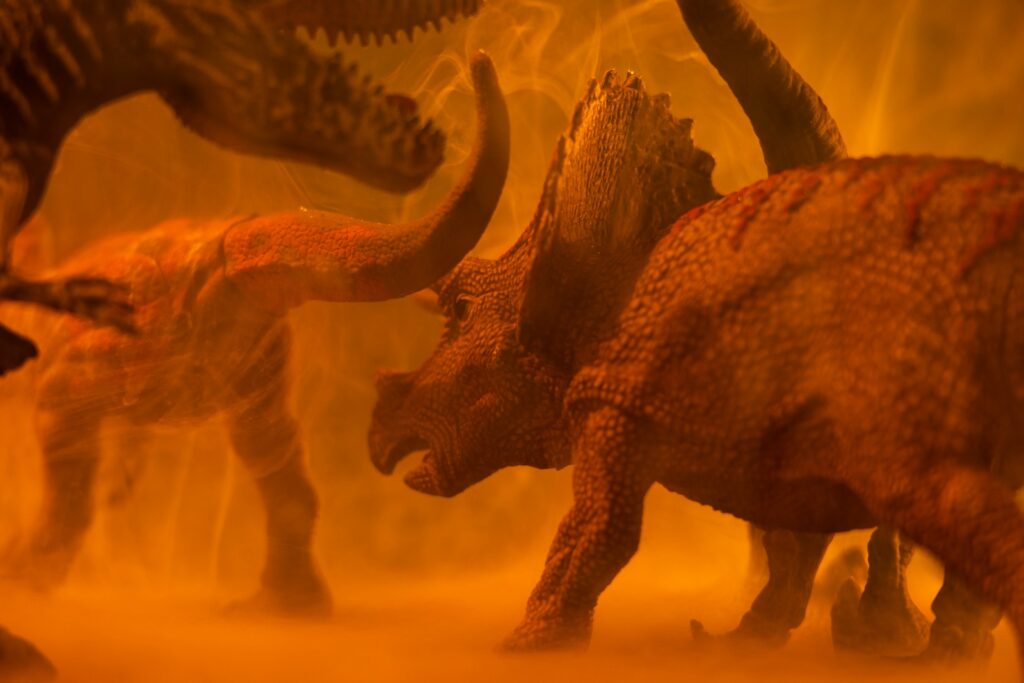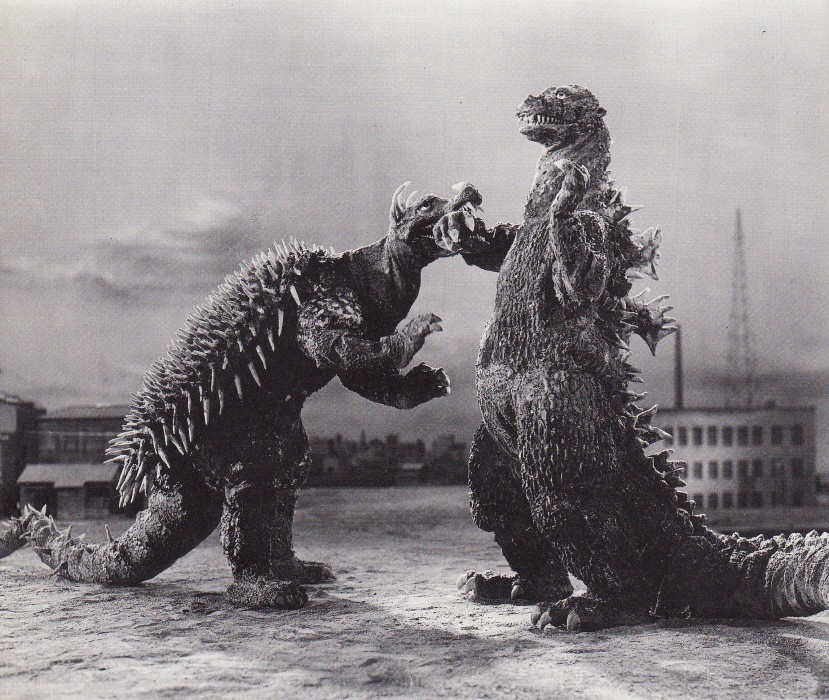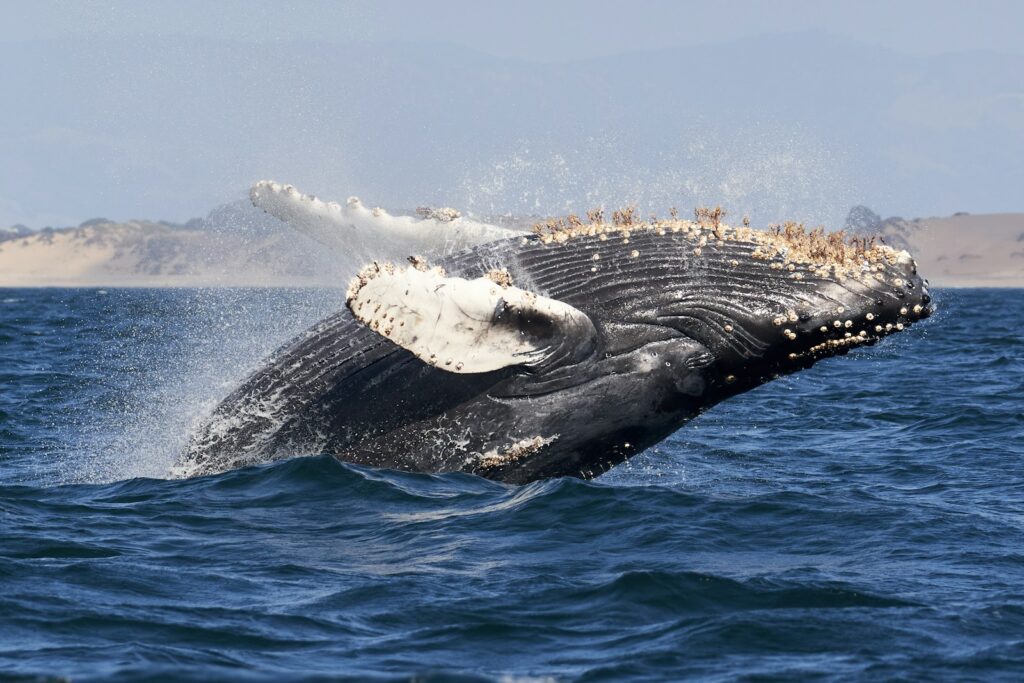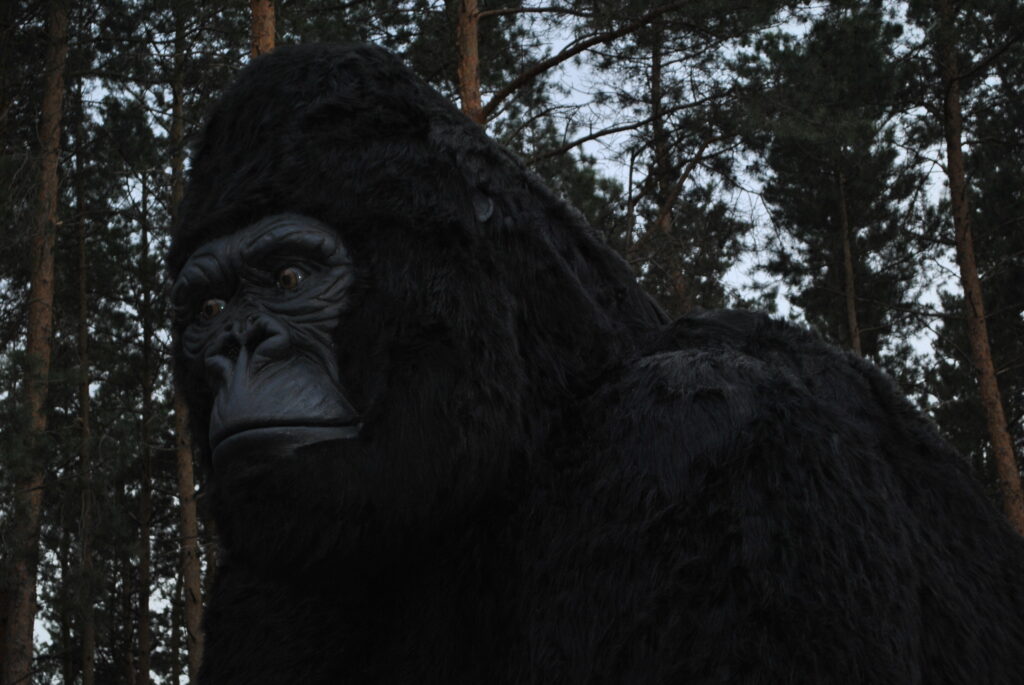When we watch dinosaurs roar, growl, and communicate on screen, we’re experiencing the brilliant work of sound designers who’ve crafted these extinct creatures’ voices from scratch. Since dinosaurs left no audio recordings (obviously), creating their vocalizations represents one of the most fascinating challenges in film sound design. Over the decades, sound artists have combined animal sounds, technical innovations, and creative intuition to bring prehistoric giants to life in ways that feel both scientifically plausible and emotionally impactful. Let’s explore the most groundbreaking dinosaur sound effects that have defined how we imagine these ancient creatures sounded.
The Revolutionary Sounds of Jurassic Park (1993)

When Steven Spielberg’s “Jurassic Park” hit theaters in 1993, it forever changed how audiences imagined dinosaurs sounded. Sound designer Gary Rydstrom created the film’s iconic dinosaur vocalizations by combining recordings of modern animals in unexpected ways. The Tyrannosaurus rex’s terrifying roar combined baby elephant calls, alligator hisses, and tiger sounds, processed to create something entirely new yet believable. Velociraptors communicated through manipulated dolphin sounds, horse breathing, and goose hisses, resulting in their chilling barks and calls. These innovative combinations weren’t just technical achievements—they created an emotional connection to creatures that hadn’t walked Earth for 65 million years, making them feel genuinely alive and terrifying.
Walking with Dinosaurs: Bringing Television Dinosaurs to Life

The 1999 BBC documentary series “Walking with Dinosaurs” faced a unique challenge: creating authentic-sounding dinosaurs for a program presenting itself as scientific fact rather than fiction. Sound designer Mike Harding took a slightly different approach than the Hollywood blockbusters, focusing on subtler, more naturalistic sounds that would feel at home in a nature documentary. The team blended recordings of crocodiles, birds, and other reptiles with minimal processing, allowing viewers to hear dinosaurs as real animals rather than movie monsters. The Diplodocus sequences featured deep, resonant rumbles created from slowed-down elephant calls, while smaller dinosaurs like Ornitholestes featured bird-like chirps and calls. This naturalistic approach helped establish a new standard for documentary-style prehistoric sound design.
The Vocal Range of Disney’s Dinosaur

Disney’s 2000 film Dinosaur took an ambitious approach to dinosaur vocalizations by giving each species a distinct and expressive vocal range. Sound designers Lon Bender and Per Hallberg created a library of over 1,700 unique dinosaur sounds for the film, focusing particularly on the emotional range of the Iguanodon protagonists. Unlike many dinosaur films focused primarily on roars and aggressive sounds, “Dinosaur required friendly, sympathetic, and even comforting dinosaur vocalizations to support its narrative. The sound team recorded and manipulated koala bears, sea lions, and various birds to create a family-friendly yet believable dinosaur language. Many of the gentler herbivore sounds incorporated elements of whale songs slowed down and pitched differently, creating a sense of gentle giants communicating across vast prehistoric landscapes.
The Terror of Jurassic World’s Indominus Rex

When Jurassic World introduced the genetically modified Indominus Rex in 2015, sound designers faced the challenge of creating a voice for a creature that never existed—even in prehistoric times. Sound designer Al Nelson developed a terrifying vocal signature by combining traditional dinosaur sound elements with unexpected animal sources and digital processing. The Indominus incorporated dolphin screams, pig squeals, and walrus roars, processed through pitch shifting and granular synthesis to create something that felt genuinely unsettling and artificial. What made this sound design particularly effective was how it communicated the creature’s hybrid nature—sometimes sounding reptilian, sometimes mammalian, but always predatory and intelligent. The vocalization design paralleled the film’s theme of genetic manipulation gone wrong, with sounds that felt unnatural even in a world of dinosaurs.
The Scientific Approach: Dinosaur Planet

The Discovery Channel’s 2003 series “Dinosaur Planet” attempted a more scientifically informed approach to dinosaur vocalizations. Instead of focusing purely on dramatic effect, the sound team consulted paleontologists about dinosaur anatomy, particularly the structures that might have produced sounds. For instance, the hollow crests of lambeosaurines like Parasaurolophus were recreated as resonance chambers, with sounds engineered to mimic what these physical structures might have produced. The hadrosaurs in the series produced trumpet-like calls created through physical modeling synthesis rather than merely processing existing animal sounds. The smaller dromaeosaurs featured bird-like vocalizations, reflecting the growing scientific consensus about the evolutionary relationship between birds and certain dinosaur species. This pioneering approach combined entertainment with educational authenticity, creating dinosaur sounds that had a scientific reasoning behind their creation.
The Emotional Impact of The Land Before Time

Don Bluth’s animated classic The Land Before Time (1988) faced a unique challenge: creating dinosaur vocalizations that could convey complex emotions and be appropriate for younger audiences. Sound designer Robert Rutledge developed distinctive voices for each main character, focusing on their emotional expressiveness rather than scientific accuracy. Little Foot’s calls incorporated elements of young elephant sounds and human children’s vocalizations, while Cera’s aggressive sounds featured rhino snorts processed to sound more reptilian. The film’s predator, Sharptooth (a Tyrannosaurus rex), featured a more traditional monstrous roar, but even this was designed to communicate malevolence rather than merely volume. The film’s approach demonstrated how dinosaur sound design could effectively convey personality and emotion, creating prehistoric characters that generations of children connected with on a deeply emotional level.
The Low-End Rumble of Godzilla (2014)

While not strictly a dinosaur, Godzilla’s sound design has influenced how we imagine large prehistoric creatures might sound. The 2014 “Godzilla” reboot by director Gareth Edwards featured a groundbreaking approach to the titular creature’s iconic roar. Sound designer Erik Aadahl created Godzilla’s new voice by dragging a leather glove along a double bass string and processing the result through massive subwoofers to capture the output. This technique produced a roar with extraordinary low-frequency content that could physically be felt in theaters equipped with powerful sound systems. The approach influenced subsequent dinosaur films, with designers paying more attention to infrasonic and near-infrasonic content that creates a physical sensation for audiences. This technique helps create the impression of massive size, as larger animals typically produce lower-frequency vocalizations than smaller ones—a scientific principle that sound designers now regularly incorporate.
The Underwater Elements of Prehistoric Planet

Apple TV+’s 2022 series “Prehistoric Planet” broke new ground with its depiction of marine reptiles and their sonic environments. Sound designer Tim Nielsen developed specialized underwater dinosaur and marine reptile sounds that accounted for how sound travels differently through water. For the plesiosaurs and mosasaurs, Nielsen recorded beluga whales, seals, and crocodiles underwater, then processed these recordings to reflect how they might resonate in prehistoric oceans. The series also featured innovative work in creating the ambient underwater soundscapes of the Cretaceous period, with sounds designed to reflect different ocean depths and environments. The attention to detail extended to scenes showing dinosaurs near water, with sound designers creating specific audio to represent how their calls would be affected by proximity to reflective water surfaces—something previous dinosaur productions rarely addressed.
The Vocal Intelligence of Jurassic World’s Velociraptors

The Jurassic World trilogy expanded on the raptor vocalizations created for Jurassic Park, developing a more sophisticated language that suggested higher intelligence. Sound designer Pete Horner created distinctive voices for each named raptor in the pack, allowing audiences to recognize individual dinosaurs through their calls. Blue, the lead raptor, had a specific vocal signature that included purring elements, suggesting her closer bond with humans. The raptors’ communication system featured short barks, longer calls, and subtle vocalizations that created the impression of complex social interaction. This approach to dinosaur sound design wasn’t just for dramatic effect—it reflected a growing scientific understanding of dinosaur intelligence and social behavior. The sound design helped sell the film’s premise that these animals could be trained and form relationships, representing a significant evolution from the original film’s portrayal of raptors as simply efficient killing machines.
The Silent Treatment: Primitive Sound Design

Early dinosaur films like the original King Kong (1933) and The Lost World (1925) took a markedly different approach to dinosaur sounds, largely out of necessity due to technological limitations. These pioneering films used simple animal roars or mechanical sounds to represent dinosaur vocalizations. In the 1933 “King Kong,” the Tyrannosaurus rex fight scene featured lion roars played at different speeds, while earlier silent films relied entirely on visual menace. The 1940 Disney film Fantasia presented dinosaurs during the “Rite of Spring” sequence with minimal vocalizations, focusing instead on the power of the musical score to convey their presence. These primitive approaches are fascinating historical artifacts that demonstrate how dinosaur sound design evolved alongside film technology. Modern sound designers occasionally pay homage to these early techniques, incorporating elements of these pioneering sounds into contemporary productions as Easter eggs for film history enthusiasts.
The Innovative Techniques of The Good Dinosaur

Pixar’s “The Good Dinosaur” (2015) faced a unique sound design challenge: creating vocalizations for dinosaurs who speak English in the film but also make animal-like sounds. Sound designer Tom Myers developed a dual approach, with the character voices provided by actors for dialogue, but animal-like sounds for physical actions and emotional reactions. For Arlo, the Apatosaurus protagonist, Myers created a range of emotional dinosaur sounds that complemented the voice acting without overwhelming it. The film also featured interesting work in creating the vocalizations of the T-rex family, who were portrayed as cattle ranchers with sounds that evoked both predatory dinosaurs and frontier cowboys. The sound designers recorded horses galloping through different terrains to create the distinctive sounds of dinosaur footsteps, paying careful attention to how different body weights would affect the sound of movement across various surfaces.
The Future of Dinosaur Sound Design: AI and Beyond

The frontier of dinosaur sound design now incorporates artificial intelligence and advanced computer modeling to create even more convincing prehistoric vocalizations. Recent productions have begun using AI tools that analyze the vocalizations of modern birds, crocodilians, and other reptiles to extrapolate what their dinosaur ancestors might have sounded like. Some researchers have created computer models of dinosaur vocal anatomy based on fossil evidence, using these models to simulate how air might have moved through these structures. Sound designers for upcoming dinosaur projects are reportedly experimenting with neural networks trained on thousands of animal sounds to generate entirely new vocalizations that follow natural acoustic patterns. Another emerging technique involves using resonance simulation software that models how sounds would have carried through prehistoric environments with different atmospheric compositions than our current world. These cutting-edge approaches promise even more scientifically informed yet dramatically effective dinosaur sounds in future productions.
Conclusion

The evolution of dinosaur sound effects represents one of the most creative challenges in film audio. From the pioneering roars of early cinema to the scientifically informed vocalizations of today’s documentaries and blockbusters, sound designers have continually pushed boundaries to bring extinct creatures convincingly to life. The most successful dinosaur sounds aren’t merely loud or frightening—they communicate character, emotion, and physical presence in ways that make these ancient creatures feel real to audiences. As technology advances and our scientific understanding of dinosaurs grows, we can expect even more innovative approaches to prehistoric sound design, continuing to shape how future generations will imagine the voices of Earth’s most magnificent lost species.




